One of the most remarkable things about China is its sheer linguistic diversity. There are more than 300 languages and dialects spoken in the country, a fascinating reflection of its cultural and ethnic complexity.
In this post, I’m going to breakdown the languages of China, how they can affect your trip, and offer some advice to help you communicate during your time there.
From bustling cities to rural towns, understanding the language situation is one key to unlocking the Chinese travel experience.
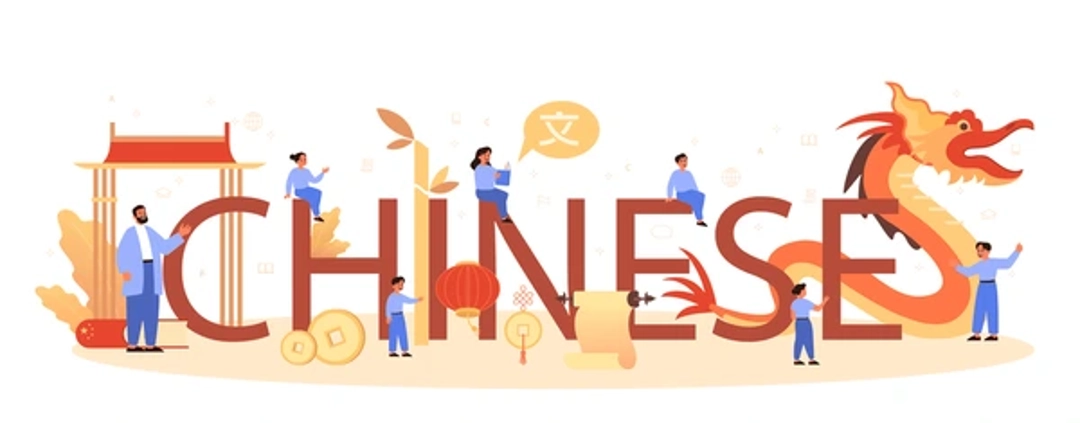
What Language is Spoken in China?
The official language in China is Mandarin Chinese, and it’s the most widely used language in the country. But it’s just the tip of a large linguistic iceberg surrounding the country.

There are a ton of languages spoken in China, more than you’ll find in any other country in the world. Besides Mandarin, there are hundreds of local languages and dialects, and minority languages, all across the country.
Some dialects, such as Cantonese, Shanghainese, or Hokkien, are mutually unintelligible with Mandarin.
For travelers, Mandarin is the best choice of language for you — especially in cities and touristy areas — but also being aware that many people speak the local dialects can help you get a little deeper into Chinese culture and regionalism.
Mandarin: The Official Language of China
When anyone says the Chinese language, they usually mean Mandarin, or Putonghua, which means “common speech.” It is the official language of the country and is widely spoken by the population, especially in schools, the government, and the media.
Mandarin uses the Beijing dialect as its base and is written with simplified Chinese characters. It plays the role as the common language in the country, allowing people from vastly dissimilar dialects to communicate.
For tourists, even just a couple of words of Mandarin, such as “hello” (你好, nǐ hǎo) or “thank you” (谢谢, xièxiè), can be super-helpful.
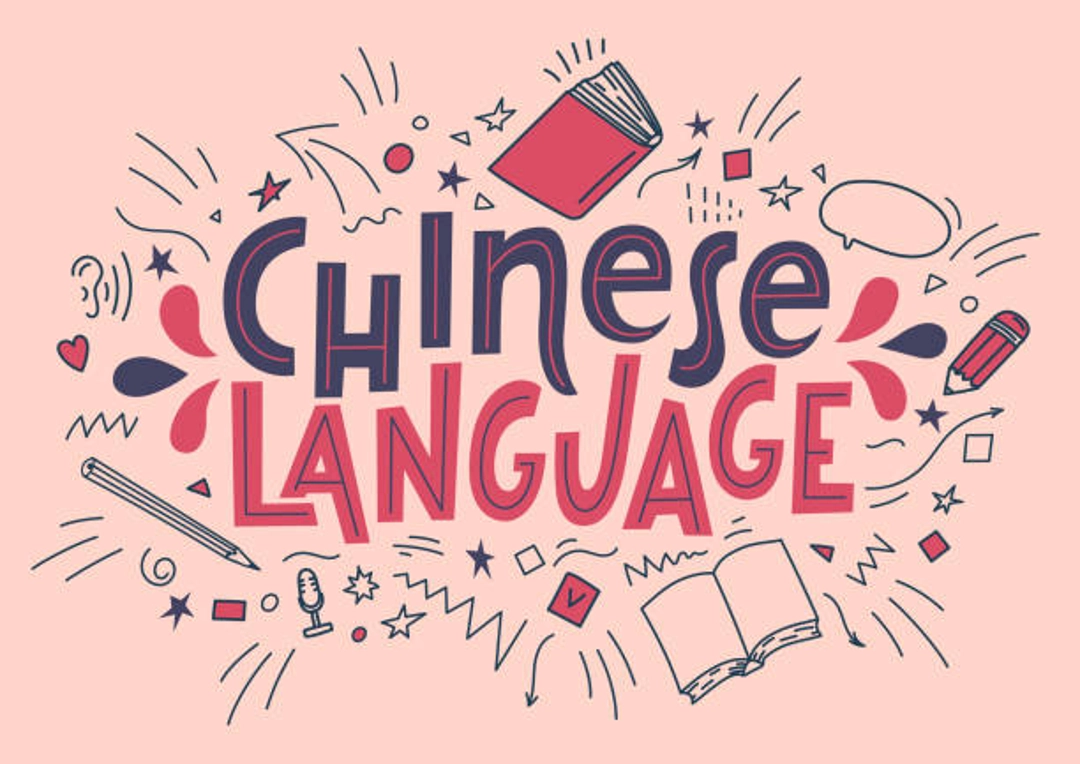
English is spoken in tourist areas and hotels (especially larger cities) but a little Mandarin will go a long way and enhance your experience as you interact with locals. It’s the key to opening doors and getting the most from your travels to China.
Regional Dialects and Languages
China is not one homogenous language. It’s like a giant jigsaw puzzle with tons of weird pieces, each one its own language or dialect.
Cantonese is one of those pieces, painting the southern part of the country with its energetic brush (if you’ve ever visited Guangdong or Hong Kong, you’ve heard Cantonese).
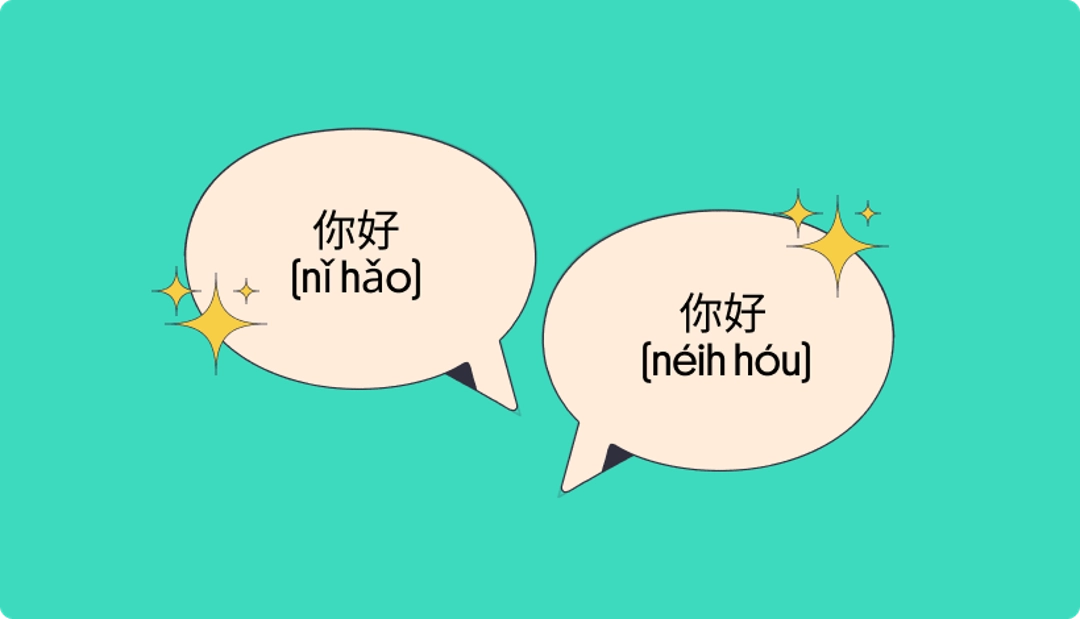
There’s also Shanghainese, a unique dialect that helps contributed to Shanghai’s linguistic vibe.
And, of course, Hokkien, which can be heard in Fujian and Taiwan. It’s the province’s own little linguistic rhythm.
The linguistic landscape shifts depending on where you are within the country. In Yunnan, you may listen to the gentle sounds of the Bai languages in the air, or in Inner Mongolia, you might be surrounded by the robust rolling attributes of Mongolian.

Every area has a unique vibe, and languages and dialects differ as much as the topography. So listen well, and appreciate the complex harmony that forms the tapestry of language in China.
Language and Its Role in China’s Culture
Language is the lifeblood of Chinese culture. It’s how people communicate, tell stories, and pass down traditions for thousands of years. Everything from classical literature to contemporary film is influenced by the languages used.
Whether it’s the four tones of Mandarin or the intricate calligraphy, language is interwoven into the fabric of daily life.
Language is the key to a destination. It’s a pathway to the culture, a way to break down barriers, a bridge to connect with others. Even a few words can make a big difference. It allows you to actually talk with people.
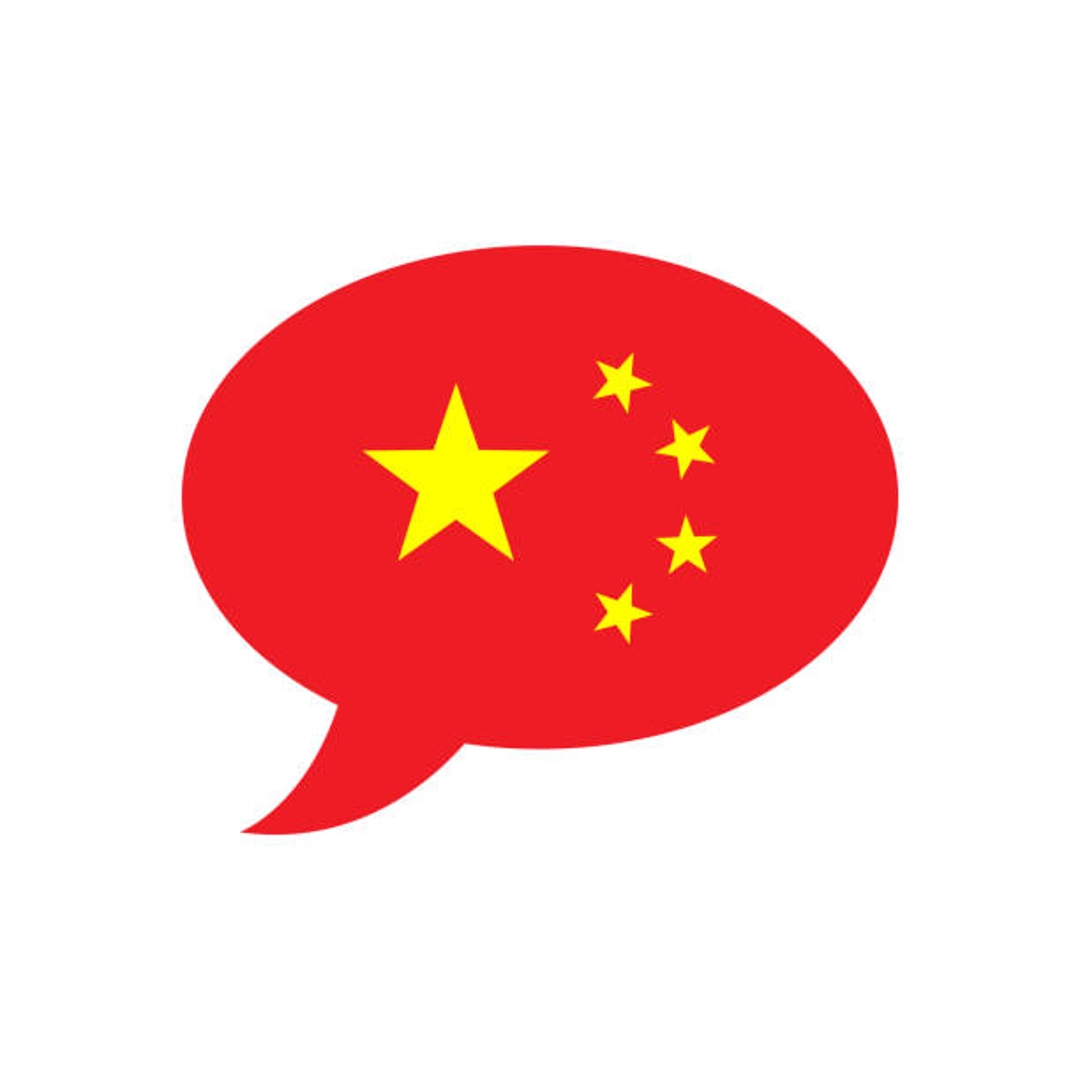
Perhaps you’ll chat with a vendor at a market. Or get directions in a tiny village. That interaction, no matter how fleeting, can make a huge impact on your travels.
Written Chinese is also a really interesting language as the characters are like small pieces of art that reflect thousands of years of tradition and history.
You’ll find two types in China: Simplified and Traditional. Simplified is used a lot in the mainland, making it easier to read and write, while Traditional is more prominent in places like Hong Kong and Taiwan, where they are seen as preserving their language and culture.
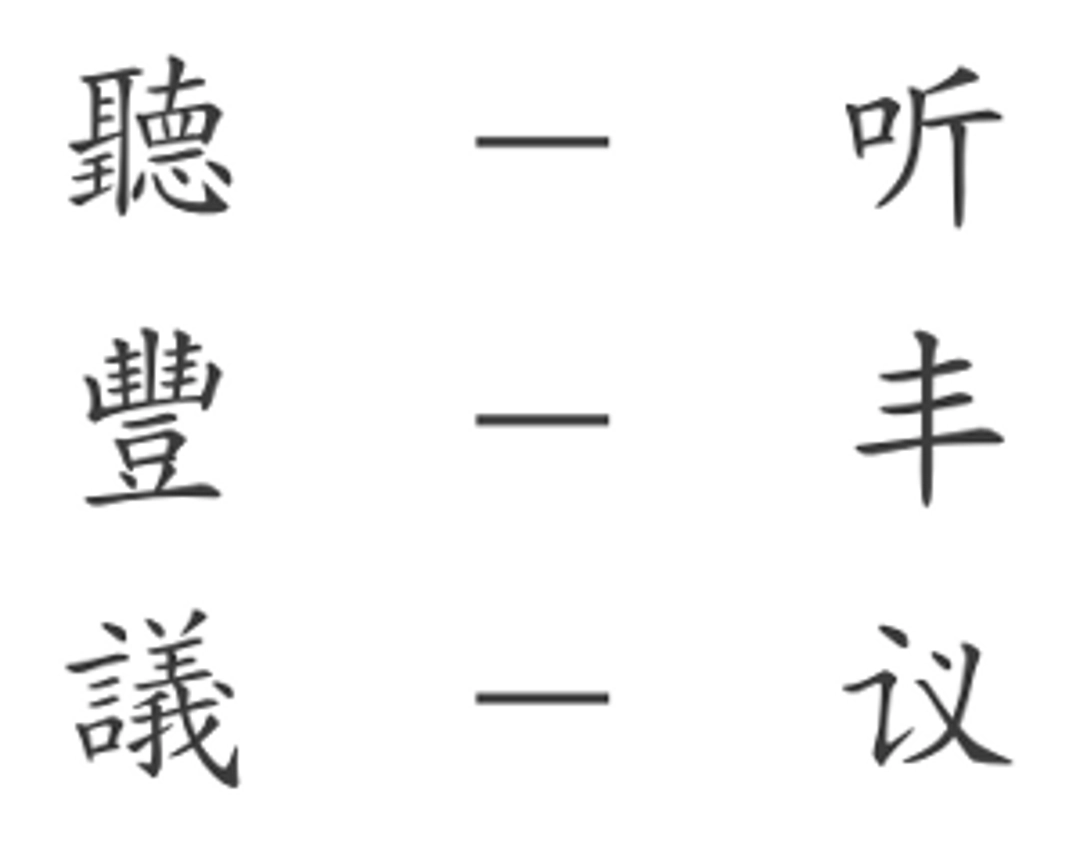
FAQ
1. Do all Chinese people speak Mandarin?
The vast majority can communicate with Mandarin; the younger the person, the more likely they will speak it. But many still speak the local dialect or the regional language at home.
2. Is it hard to learn Mandarin?
Mandarin Chinese can feel insurmountable to a beginner, specifically due to its tones and characters, but it’s possible with practice, time, and the right resources.
3. Do all of the dialects use logograms?
Yes, most dialects utilize the same written language, but they can vary in pronunciation and vocabulary spoken.
Conclusion
China’s language environment is as varied and interesting as the country.
Though Mandarin is the official and most commonly spoken language and is used at schools and on the news, dialects round out and enrich each destination.
Whether you’re speaking a few words of Mandarin to the locals or just soaking up the incredible rhythm of the languages, learning about the linguistic landscape of China can really enhance your trip.
You don’t need to be perfect, however, just willing and curious.
